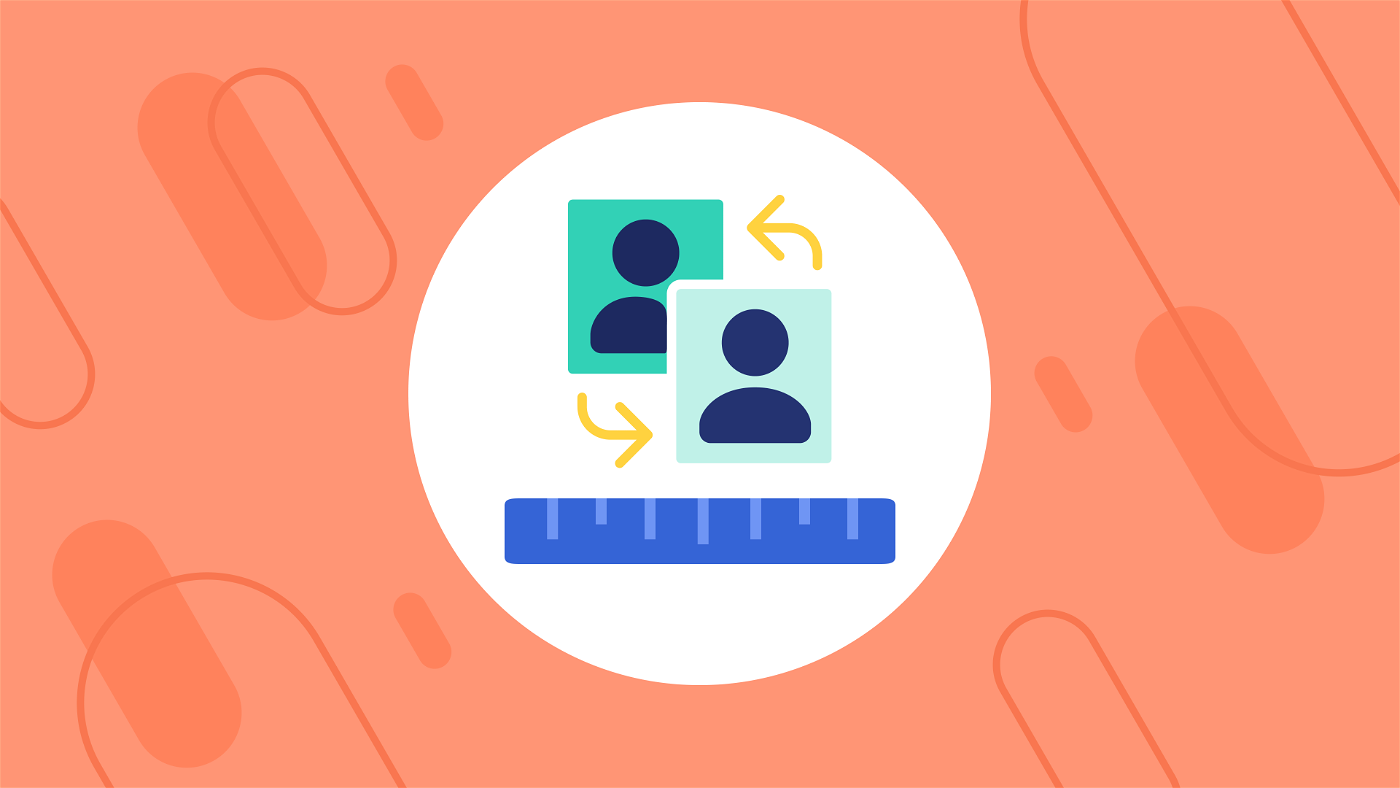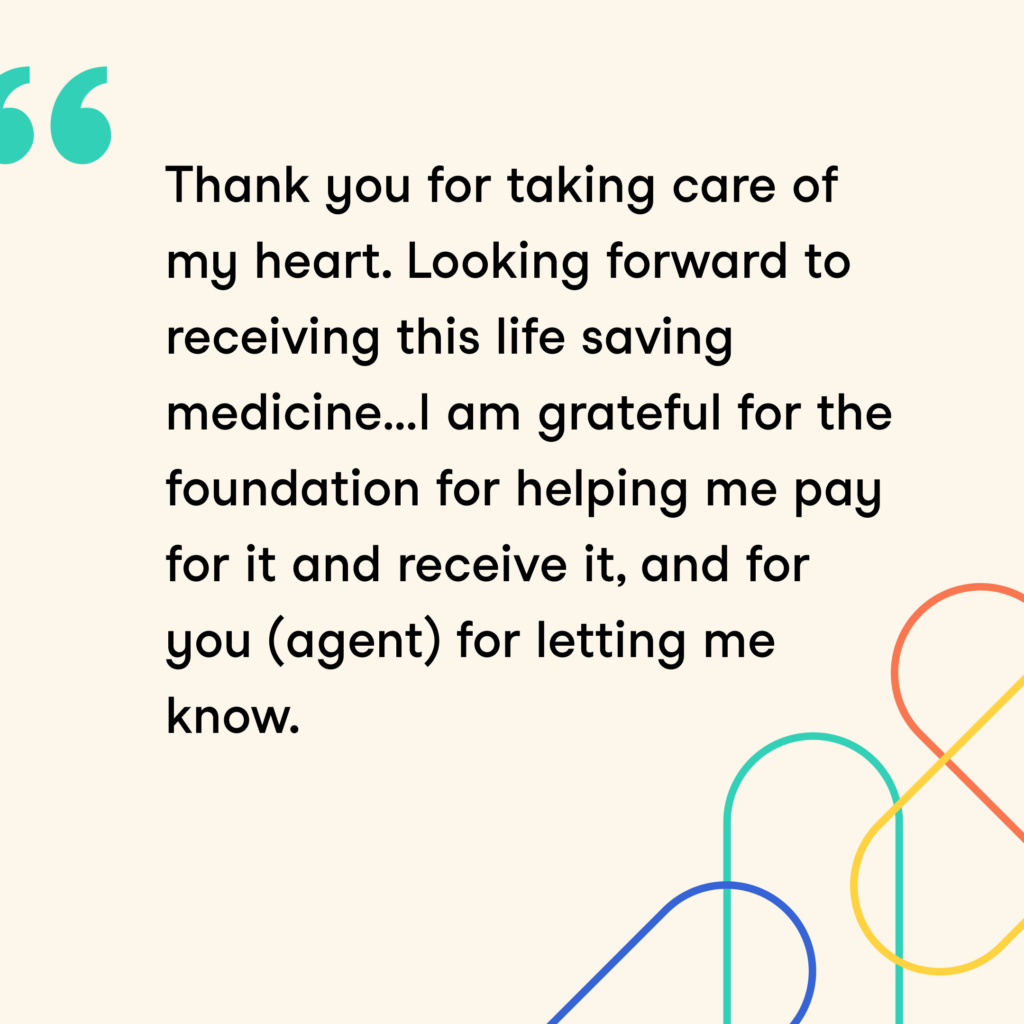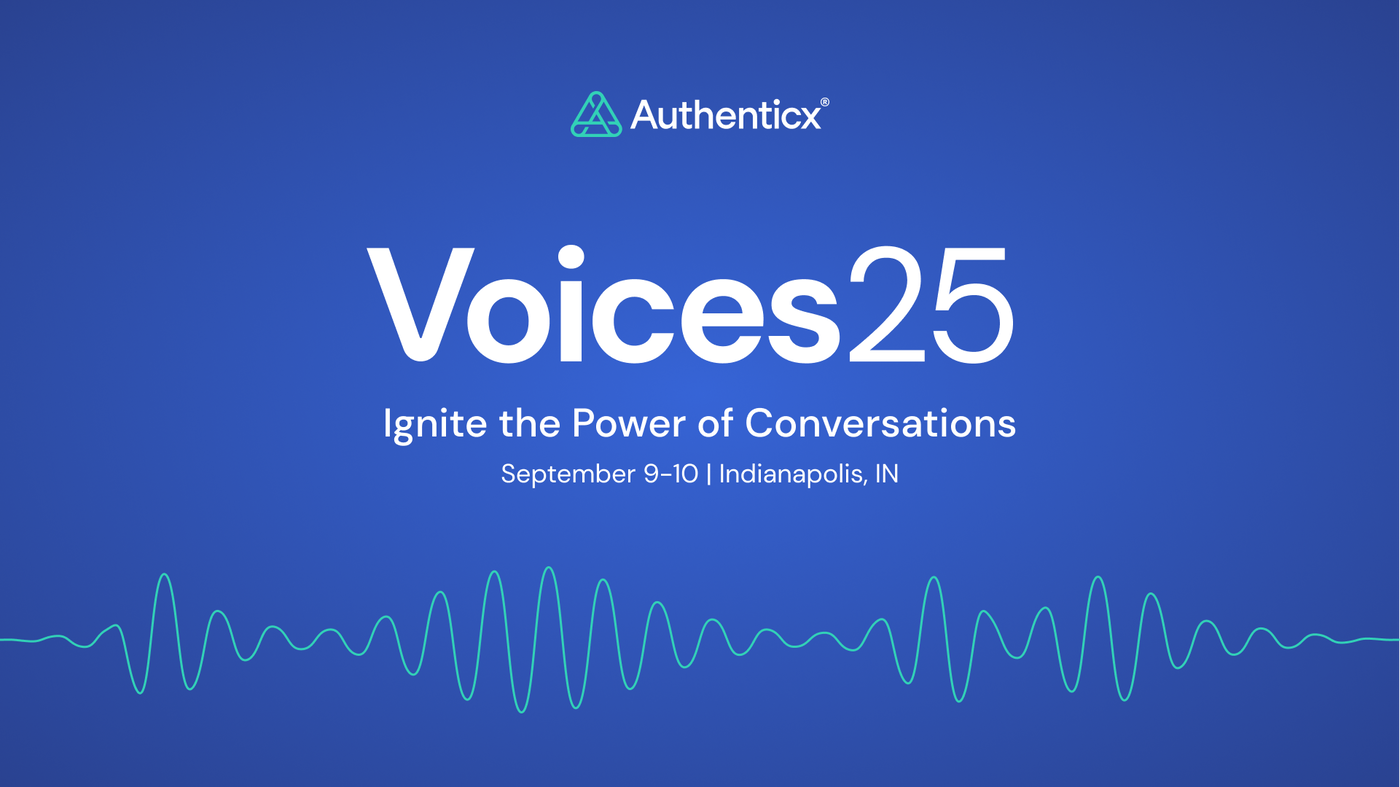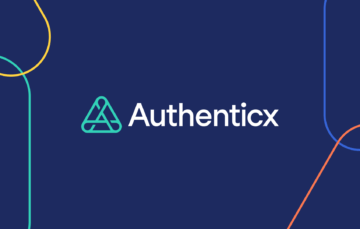
History is a great teacher. When you take a historical look at customer experience and customer experience measurement, we see that our methods for capturing customer feedback have evolved – but we haven’t evolved what we capture.
Through a review of customer experience measurement, we realize we have spent decades capturing memories. We’ve relied on customers to recall their experiences and share their thoughts, feedback, and perspectives.
We also see the potential for a new era of customer experience measurement. An era that shifts from the measurement of memories to a measurement of moments.
Travel back in time with me.
80 Years Ago
Customer Experience → In the late 1940s, we would not have gone to Kroger or Publix to purchase everything we need for Thanksgiving dinner. We would have gone to many stores. Shopping was largely a single product category where the producer of goods and seller were often the same.
As chain stores entered the consumer space, like A&P Super Market and L.S. Ayres, consumers could expect a similar selection of products from different locations. Yet, the owners of the chain operated much like a general store – leaving the customer experience to each store to “make it right.”
Through this evolution, business owners realized the opportunity to hear from their customers.
Customer Experience Measurement → During this time, business owners turned to Tommie Walker (Founder of Walker Information) for help. Tommie was hired to travel around the country by train, asking passengers to recall their shopping experiences and to share their thoughts and perceptions.
In the late 1940s, customer experience measured memories.
50 Years Ago
Customer Experience → Throughout the 1970s, the consumer experience evolved, driven largely from the expansion of televisions, product advertising, and telephones becoming a household staple.
During this time, consumer activists began speaking out about how the business community had fallen behind consumer expectations – with product and service quality taking center stage. They were becoming increasingly vocal, and the US government responded with new federal consumer protection laws and regulations. This government response drew the attention of businesses, who did not want to be penalized for consumer complaints.
Customer Experience Measurement→ During this time, experience measurement reacted to consumer demands with:
- The creation of the first industry benchmarks, thanks to JD Power, who in the late 60s and 70s published benchmark reports on the automotive industry.
- The telephone being leveraged as a mechanism for capturing customer perceptions.
Much like Tommie’s approach, customer experience measurement focused on measuring memories.
Today
Customer Experience → Since the late 70s, the customer experience can be summarized in three words:
- Speed: The pace of innovation has made it difficult to compete on product features and functions causing business leaders to look toward the customer experience as a way of creating a competitive advantage.
- Connection: Thanks to the internet and social media platforms, consumers connect to brands and to each other in ways that go far beyond marketing and advertising.
- Ease: Companies like Amazon and products like the iPhone set a new standard for the customer experience, focusing on ease and convenience.
Customer Experience Measurement → In the past two decades, we’ve seen the influence of speed, connection, and ease on experience measurement with new data collection approaches, such as online ratings and reviews, and surveys being administered via web, SMS, and IVR.
While new methods for data collection have been introduced, the focus of measurement remains the same – we continue to measure memories.
The Next Era Is Upon Us
Customer Experience → Today, we have advancements in Artificial Intelligence (AI), and ChatGPT becoming a household name. AI and machine learning (ML) are paving the way for the next era of customer experience. These changes, such as using machine learning models to read health scans and using chat bots to answer common customer questions are delivering efficiencies that will elevate the resource capacity issues that many businesses face today.
The next era is upon us and it’s time to reimagine our approach to experience measurement.
Customer Experience Measurement → In business, leaders cannot afford to rely on conventional methods of customer experience measurement – traditional methods that prioritize the solicitation of memories.
Advancements in AI create new channels for experience measurements. New channels that enable us to measure the moments in a customer experience. The moments when our business and the customer touch – when customers and our people, product, processes, and marketing promotions connect.
This new capacity will bring more accurate and reliable metrics that the business will appreciate and value because of its accuracy and reliability.
- First contact resolution (FCR) metrics will be replaced with metrics that identify the interaction outcome (e.g., was the interaction resolved, who has the next steps)
- Net promoter score (NPS) and consumer effort will be replaced with a measurement that detects friction in the lived journey.
- Customer satisfaction will be replaced with the expressed customer sentiment during the interaction.
Why?
Because while we’re tinkering with our survey programs asking people to recall memories of their experience, our customers are interacting with our business directly. And, in these interactions, they are communicating an authentic, unfiltered experience that sounds like this.








Throughout my entire career, I’ve been analyzing customer insights. For 23 years, this involved the study of memories. Over the past two years, I’ve studied moments – the moments when a customer reaches out to the company using a contact center (phone and chat) to accomplish a task.
I have seen first-hand the benefits of studying these customer moments.
- When we measure moments, we measure everyone who was involved in that moment – it is inclusive and representative of the whole. Measuring memories captures the select few who respond to our feedback request.
- When we measure moments, we’re measuring a data source that is unsolicited, unfiltered, and completely authentic. It represents a lived experience. Memories are solicited, filtered, and dependent on memory recall.
- When we measure moments, we measure conversations, and conversations produce unstructured and highly contextualized data – revealing the root cause of issues. Measuring memories constrains the customer voice to Likert scales that usually do not reveal the root cause of a customer’s response.
Perhaps most important – when we prioritize the listening of moments, we connect with our customers in a way that is not achieved when we measure their memories. We connect on a human level – listening to what they say and how they say it. Listening to their authentic voice, in the moment they touch our business.
When we do this, we shift the conversation from defending our survey data to acting on it.
ABOUT THE AUTHOR:
Leslie Pagel is the Chief Evangelist at Authenticx, a conversation analytics company dedicated to improving the way healthcare companies engage with patients. In this role, she creates awareness, across the healthcare industry, of more efficient and effective ways for healthcare organizations to deliver on their customer objectives. With over two decades of working with customer experience (CX) teams, Leslie helps clients actualize the voice of the patient to show how these voices prompt meaningful action.
ABOUT AUTHENTICX:
Authenticx was founded to analyze and activate customer interaction data at scale. Why? We wanted to reveal transformational opportunities in healthcare. We are on a mission to help humans understand humans. With a combined 100+ years of leadership experience in pharma, payer, and healthcare organizations, we know first-hand the challenges and opportunities that our clients face because we’ve been in your shoes.
Want to learn more? Contact us!
Or connect with us on social! LinkedIn | Facebook | Twitter | Instagram | YouTube


